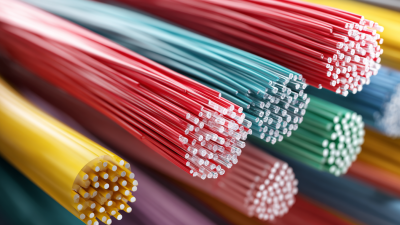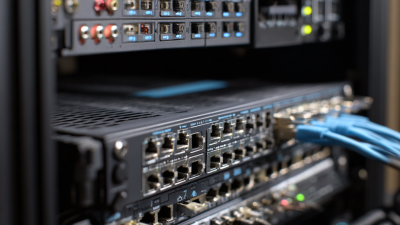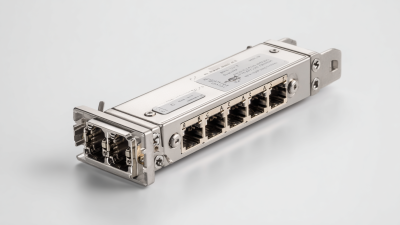Industries
Get direct access to our extensive portfolio of optical products and specialist technical expertise.
Get direct access to our extensive portfolio of optical products and specialist technical expertise.
As data centers evolve to meet the demands of modern high-speed networking, direct attach cables (DACs) have emerged as a pivotal technology in achieving efficient connectivity. According to a recent report by MarketsandMarkets, the global DAC market is projected to expand from $2.5 billion in 2021 to $4.6 billion by 2026, reflecting a compound annual growth rate (CAGR) of 12.5%. This surge is largely driven by the increasing need for bandwidth, with speeds reaching up to 400Gbps enabling seamless data transfer between servers and networking equipment. The adoption of DACs not only lowers latency and enhances performance but also offers a cost-effective solution compared to traditional optical fiber options. Understanding the nuances of direct attach cables is essential for data center operators looking to optimize infrastructure and ensure robust connectivity in an ever-increasing digital landscape.
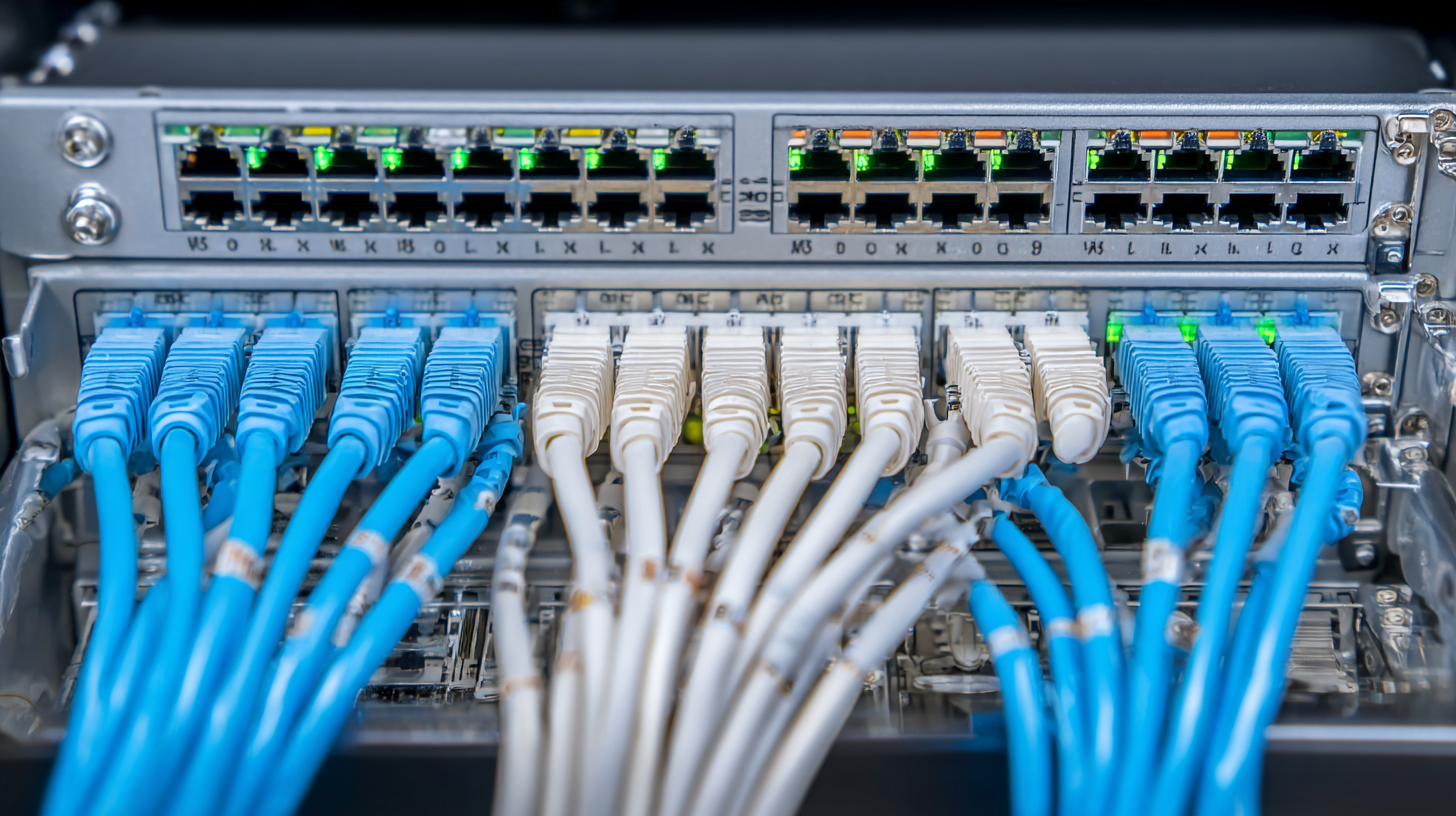
 Direct Attach Cables (DACs) have emerged as a pivotal solution for high-speed data transfers in modern data centers, especially as demand for bandwidth escalates with the proliferation of cloud services and big data applications. According to a report by MarketsandMarkets, the global direct attach cable market is projected to grow at a CAGR of 15% from 2021 to 2026, highlighting the increasing reliance on this technology. DACs facilitate data transfers at speeds of up to 400Gbps, making them particularly suited for applications that require low latency and high throughput, such as high-frequency trading and real-time analytics.
Direct Attach Cables (DACs) have emerged as a pivotal solution for high-speed data transfers in modern data centers, especially as demand for bandwidth escalates with the proliferation of cloud services and big data applications. According to a report by MarketsandMarkets, the global direct attach cable market is projected to grow at a CAGR of 15% from 2021 to 2026, highlighting the increasing reliance on this technology. DACs facilitate data transfers at speeds of up to 400Gbps, making them particularly suited for applications that require low latency and high throughput, such as high-frequency trading and real-time analytics.
One of the primary benefits of using DACs is their cost-effectiveness compared to traditional fiber optic solutions. Research from IDC indicates that DACs can reduce overall cabling expenses by up to 30%, thanks to their simpler design and ease of installation. Moreover, DACs have lower power consumption, which aligns with the growing need for energy efficiency in data center operations. By minimizing signal loss and supporting a streamlined architecture, DACs not only enhance connectivity but also contribute to sustainable practices, making them a vital component in the transformation of data center infrastructures.
Direct Attach Cables (DACs) are becoming increasingly crucial in data center environments, providing high-speed connectivity solutions that are both efficient and cost-effective. These cables are frequently employed for interconnecting servers, switches, and storage devices within short distances, typically up to 7 meters. According to a recent report from the International Data Corporation (IDC), the demand for DACs is anticipated to rise significantly, with projections indicating the market could surpass $1 billion by 2025, primarily due to the growing needs for high-bandwidth connections in modern data centers.
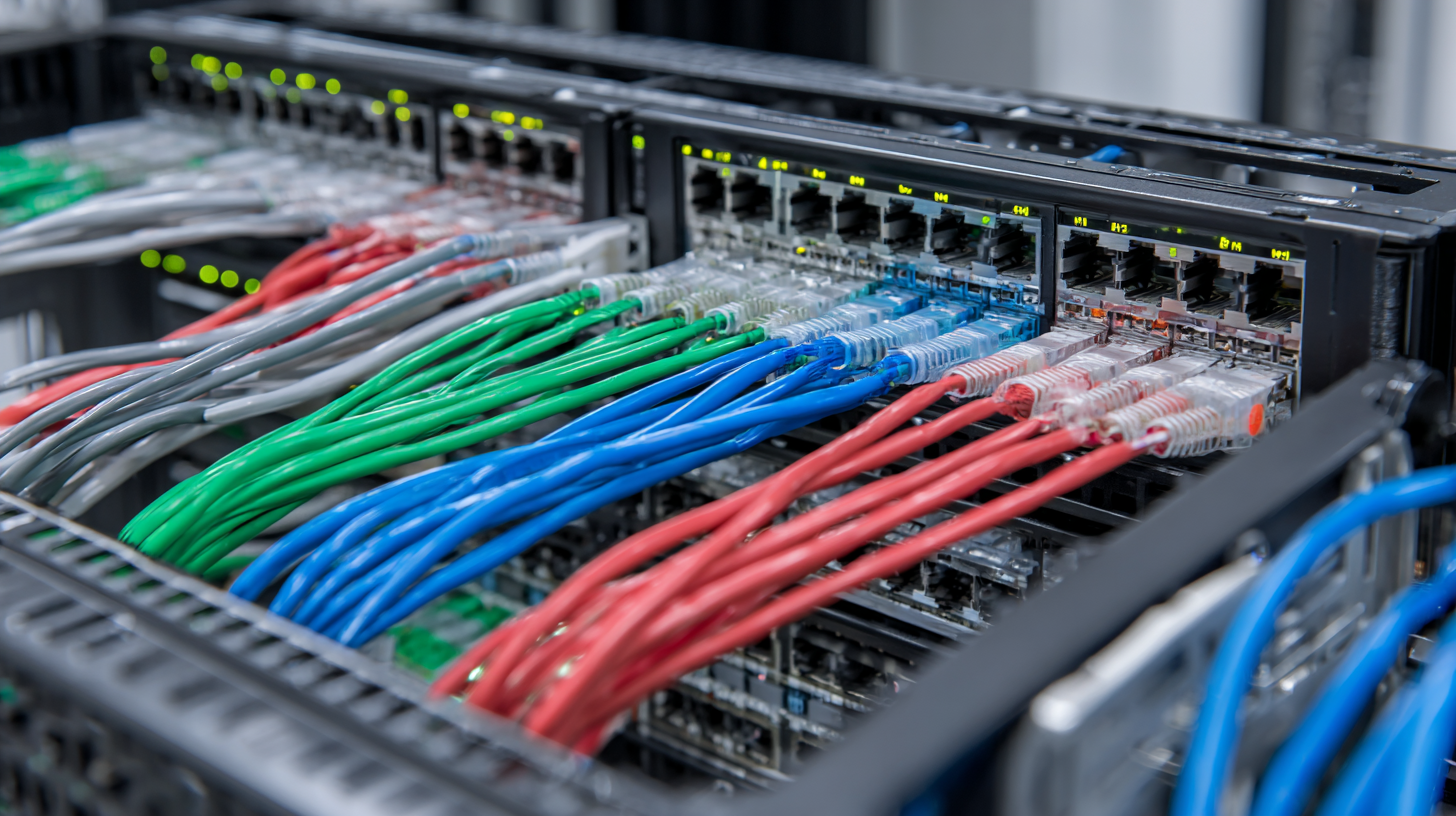
There are several types of DACs available on the market, including twinax cables and active optical cables (AOCs). Twinax DACs typically support data rates ranging from 10Gbps to 400Gbps, making them ideal for high-density data center environments. The market for AOCs is also experiencing growth, as they offer longer distances and better performance in certain applications. The Ethernet Alliance reported that by leveraging high-speed DACs, organizations can achieve data transmission efficiencies that enhance overall operational performance, meeting the increasing demands for real-time data processing and cloud computing services.
Direct Attach Cables (DACs) have emerged as a leading choice for connectivity in data centers due to their impressive speed capabilities, reaching up to 400Gbps. Unlike traditional fiber optic cables, DACs provide a more direct and cost-effective solution for interconnecting servers and switches. With their construction featuring copper wire and connectors, DACs minimize signal deterioration over short distances, offering low latency and a compact design that is essential in high-density data centers.
When comparing DACs to other connectivity options, such as fiber optic cables and active optical cables (AOCs), the advantages of DACs become evident. While fiber optics are known for their long-distance performance and immunity to electromagnetic interference, DACs excel in short-range applications where high speeds and lower latency are critical. They also generally have a lower total cost, including installation and maintenance, making them a financially attractive option for many organizations. In environments where space and power efficiency are paramount, DACs stand out as the optimal choice, enabling seamless data transmission without the complexities that accompany alternative technologies.
Direct Attach Cables (DACs) are increasingly vital in data center connectivity, particularly as demands for bandwidth rise dramatically. With speeds reaching up to 400Gbps, implementing DACs effectively can significantly enhance the efficiency of data handling. According to industry research, the global data center market is expected to grow at a CAGR of approximately 10%, indicating an escalating requirement for faster and more reliable networking solutions.
Best practices for implementing DACs revolve around careful planning and consistent maintenance. First, organizations should evaluate their specific network requirements to determine the appropriate cable type, considering factors such as distance and data rate. It is also crucial to ensure that installation follows stringent standards to minimize signal loss and maintain optimal performance. Regular assessments and updates on cabling infrastructure can further optimize throughput and reliability, keeping pace with advancements in technology and customer demands. As reported, proper cable management can reduce the risk of overheating and improve airflow, which are critical for sustaining performance in high-density environments.
| Cable Type | Maximum Speed | Distance (m) | Power Consumption | Use Case |
|---|---|---|---|---|
| Active DAC | 400Gbps | 5-30m | 1.5W | Data Centers |
| Passive DAC | 100Gbps | 1-5m | 0.2W | Short Connections |
| Quad Small Form-factor Pluggable (QSFP) | 400Gbps | 30-100m | 3W | High-density Switching |
| SFP+ | 10Gbps | 1-300m | 1W | Server Connectivity |
| SFP28 | 25Gbps | 1-70m | 1.5W | Data Center Interconnects |
As generative AI technology matures, the demands on data centers are escalating at an unprecedented rate. High-speed connectivity solutions, specifically Direct Attach Cables (DACs), are becoming critical to meet these needs. With the ability to support data transfer speeds of up to 400Gbps, DACs not only enhance the efficiency of data centers but also help manage the growing power requirements linked to AI workloads. Traditional power distribution systems are becoming less viable, prompting a shift towards architectures that can support higher voltage, such as the emerging 800 VDC systems.
Looking towards the future, innovations in DAC technology are expected to play a pivotal role in optimizing data center infrastructure. The global market for high-speed cables is projected to experience significant growth, with an estimated size of USD 24.99 billion by 2031. This growth reflects a broader trend where limited power availability presents challenges, particularly in key markets. As data center efficiency becomes paramount, the integration of advanced cooling solutions and high-performance connectivity will be vital to sustaining the infrastructure of the AI economy.

